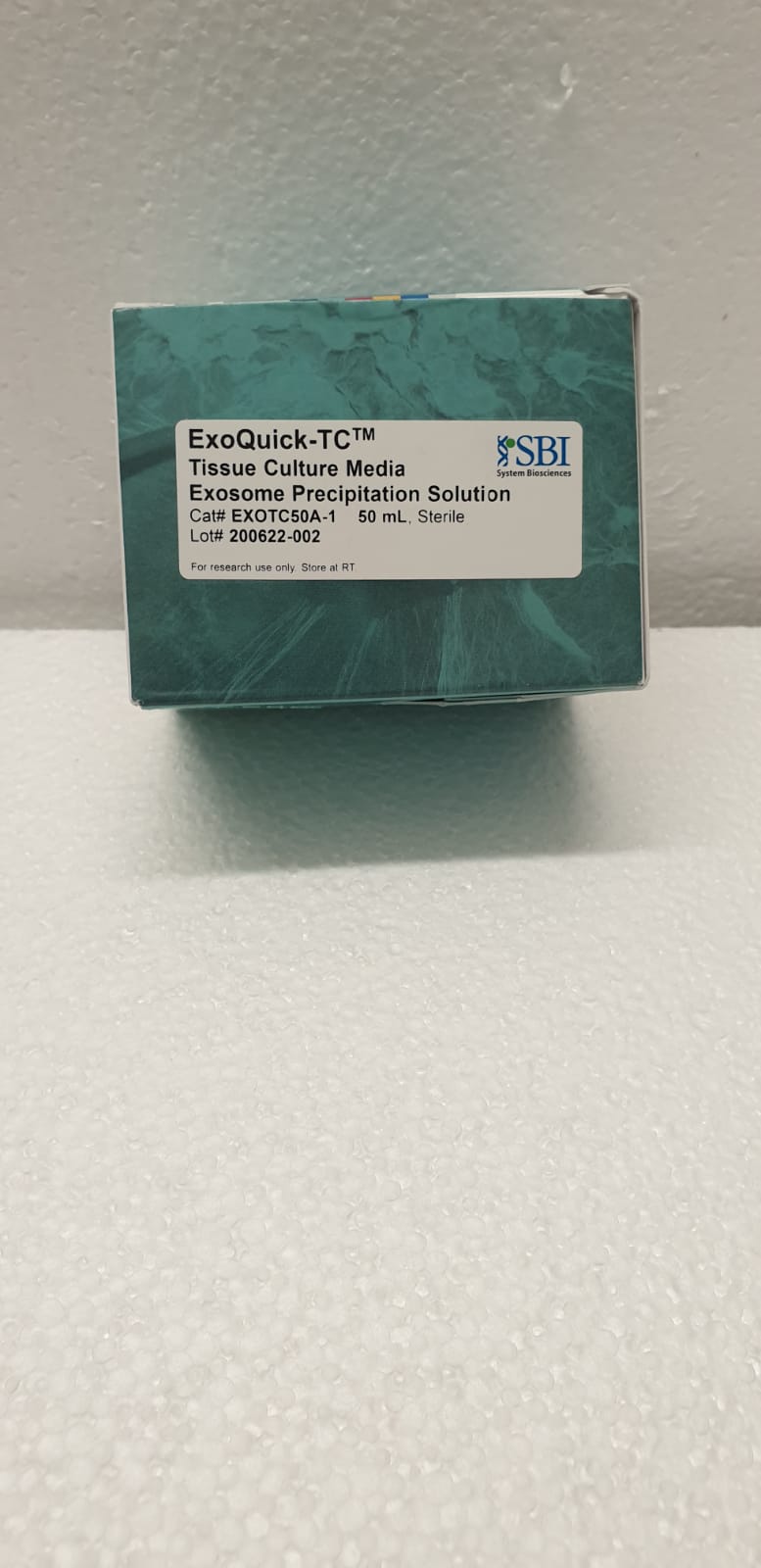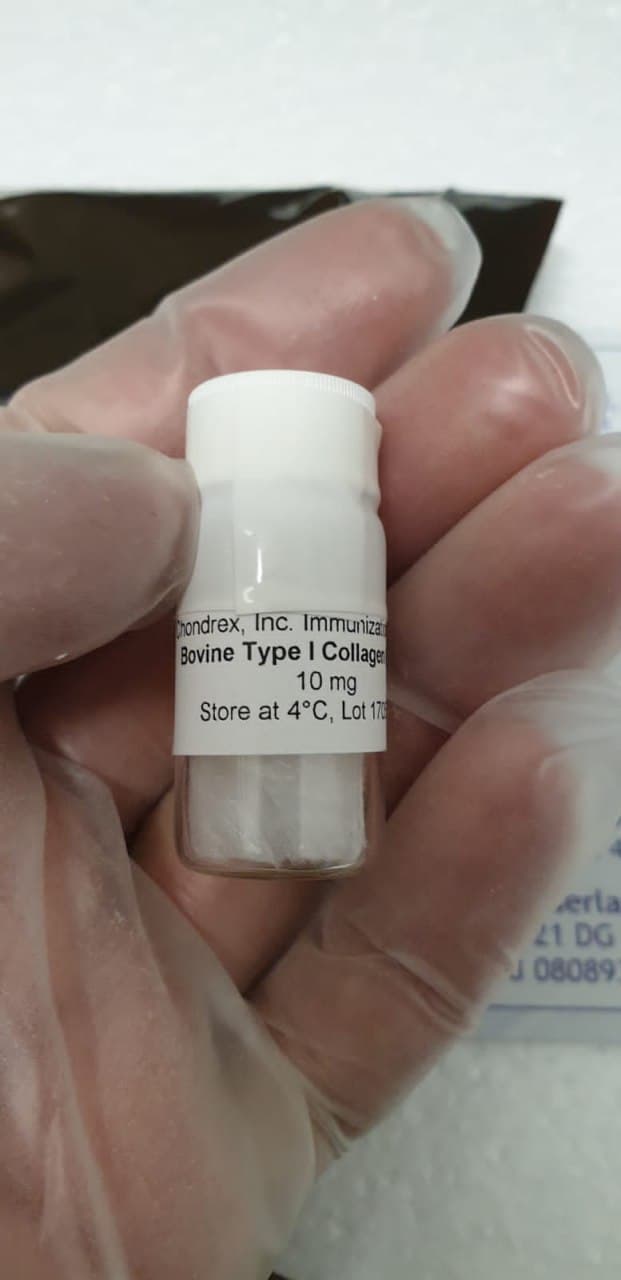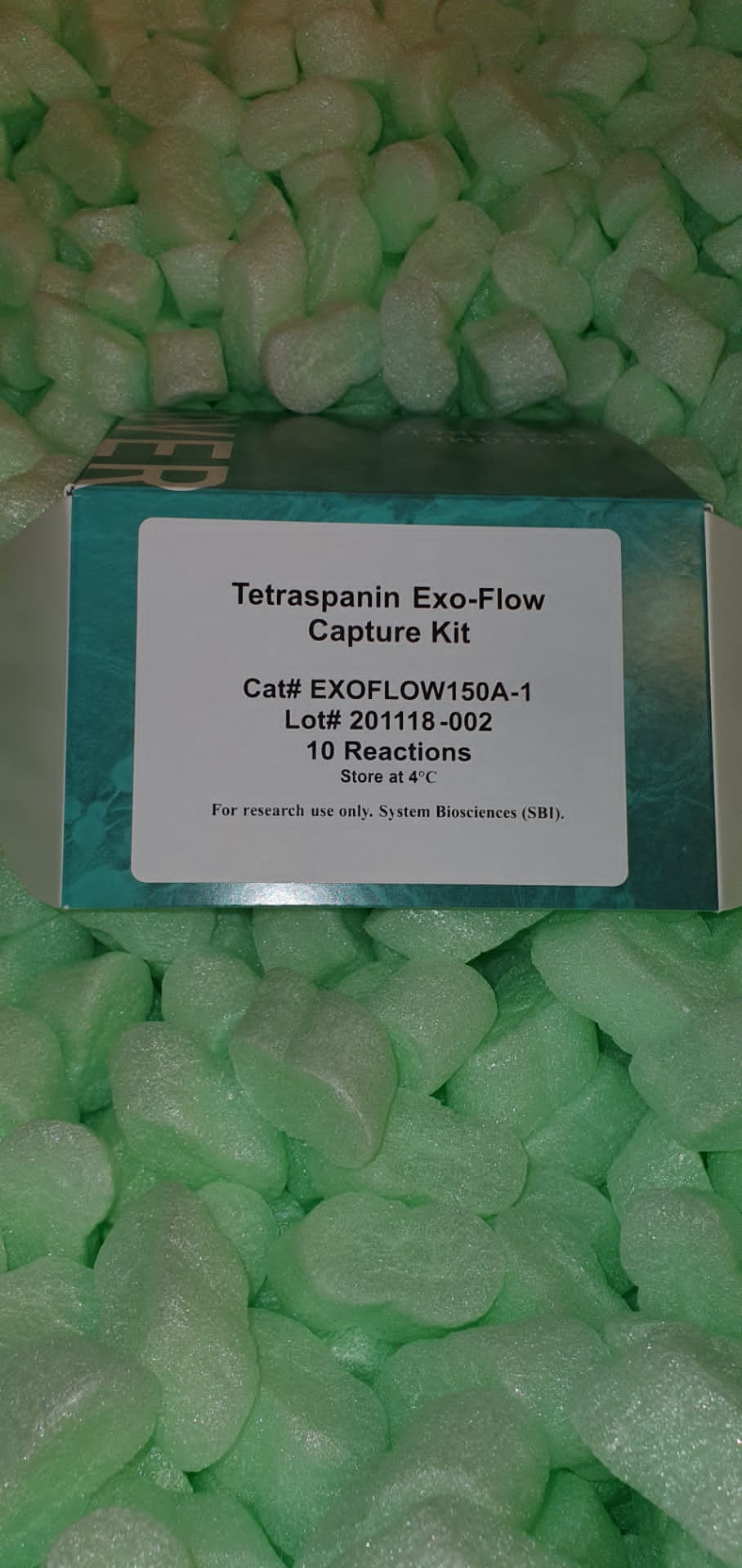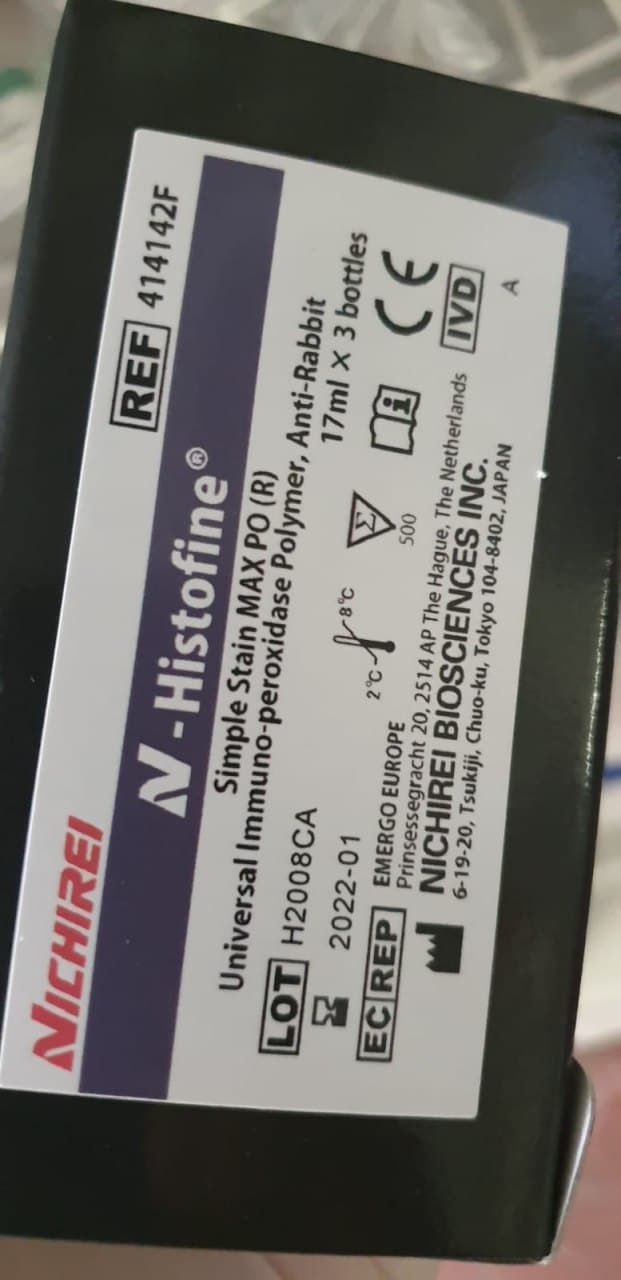The impact of the presence of kids on grownup smoking behaviour: empirical proof based mostly on China household panel research
Background: Regardless of numerous research linking household and marriage components with well being behaviour, the consequences of kids on the well being behaviour of fogeys are nonetheless understudied. This research explored the affiliation between the presence of kids and adults’ smoking behaviours.
Strategies: This research used panel information from the China Household Panel Research 2010 and 2012, and the info set included 23,157 households and 45,513 adults. Logistic regression was carried out to analyse the affiliation of the presence of kids on adults’ smoking behaviours. Subgroup regression was used to look at heterogeneous results.
Outcomes: Full pattern regressions confirmed that the variety of kids was considerably inversely related to smoking behaviour (OR = 0.93; 95% 0.90-0.96). Additional subsample regression finds that such impact is barely important among the many high-education group (OR = 0.92; 95% 0.87-0.97), high-skill staff (OR = 0.89; 95% 0.80-0.99) and {couples} who had an age hole higher than 2 years (OR = 0.91; 95% 0.88-0.95).
Conclusions: Our findings verify the existence of the upward intergenerational impact of the presence of kids on adults’ smoking behaviour in China. Nonetheless, such results are usually not equal throughout all demographic traits. Future analysis might discover different components of the upward mechanism and potential pathways for a stronger impact. In resource-poor areas, focusing on cessation actions at those that have kids at an early age could also be an efficient technique.
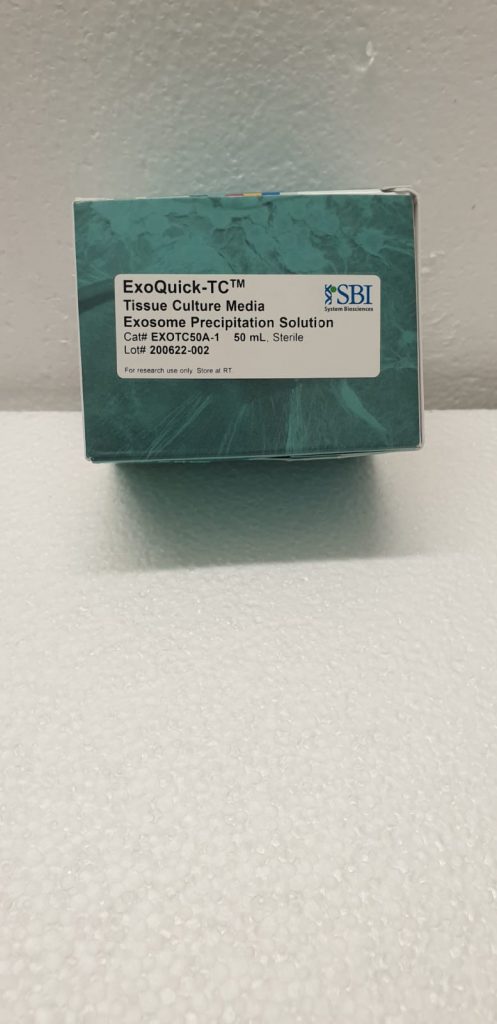
[Linking template=”default” type=”products” search=”FLU Vaccine control Panel for IVD” header=”4″ limit=”165″ start=”1″ showCatalogNumber=”true” showSize=”true” showSupplier=”true” showPrice=”true” showDescription=”true” showAdditionalInformation=”true” showImage=”true” showSchemaMarkup=”true” imageWidth=”” imageHeight=””]
In vitro cross-resistance to doravirine in a panel of HIV-1 clones harbouring a number of NNRTI resistance mutations
Aims: Doravirine is a not too long ago licensed HIV-1 NNRTI with improved efficacy, pharmacokinetics and security profile in contrast with efavirenz and restricted cross-resistance with rilpivirine and etravirine. On this in vitro research, cross-resistance to doravirine was analysed in a consultant panel of NNRTI-resistant clones.
Strategies: In vitro phenotypic susceptibility to doravirine was assessed in 10 clinically derived infectious clones with intermediate- to high-level resistance to rilpivirine, etravirine, efavirenz and nevirapine, and in NL4-Three site-directed mutants harbouring Ok103N, Y181C, M230L or Ok103N/Y181C NNRTI mutations
Outcomes: Though not one of the infectious clones harboured any of the foremost doravirine resistance-associated mutations (RAMs) included within the IAS-USA reference record, doravirine fold change (FC) values had been akin to or larger than these calculated for different NNRTIs, notably etravirine and rilpivirine.
As anticipated, single NNRTI mutations Ok103N and Y181C didn’t impair doravirine susceptibility (FC 1.Four and 1.8, respectively), whereas lowered exercise was noticed with the only M230L or double Ok103N/Y181C mutations (FC 7.6 and 4.9, respectively). Median FC values elevated considerably with growing numbers of NNRTI RAMs (P = 0.005) and had been >10 in 4/Four and 1/Four clones harbouring 4 and three NNRTI RAMs, respectively. FC values correlated effectively with predicted susceptibility as inferred by Stanford HIV Drug Resistance Database (HIVdb) and ANRS algorithms (each P < 0.001).
Conclusions: Substantial cross-resistance to doravirine was detected in NNRTI-resistant viruses harbouring advanced mutational patterns, even within the absence of main IAS-USA doravirine RAMs. Due to this fact, based mostly on the straightforward IAS-USA reference record, doravirine resistance could also be underestimated in viruses harbouring a number of NNRTI mutations.
Affiliation between modifications in financial exercise and catastrophic well being expenditure: findings from the Korea Well being Panel Survey, 2014-2016
Background: The speed of catastrophic well being expenditure (CHE) continues to rise in South Korea. This research examined the affiliation between modifications in financial exercise and CHE experiences in South Korea.
Strategies: This research analyzed the Korea Well being Panel Survey information utilizing a logistic regression evaluation to review the affiliation between modifications in financial exercise in 2014-2015 and the members‘ CHE experiences in 2015. The research included a complete of 12,454 people over the age of 19. The subgroup analyses had been organized by intercourse, age, health-related variables, and family stage variables, and the explanations for leaving financial exercise.
Outcomes: Those that give up financial actions had been extra more likely to expertise CHE than those that continued to have interaction in financial actions (OR [odds ratio] = 2.10; 95% CI [confidence interval]: 1.31-3.36). The subgroup evaluation outcomes, in line with health-related variables, confirmed that there’s a tendency to a better Charlson comorbidity index, a better OR, and, in teams that give up their financial actions, folks with disabilities had been extra more likely to expertise CHE than folks with out disabilities (OR = 5.63; 95% CI 1.71-18.59, OR = 1.82; 95% CI 1.08-3.08, respectively).
One other subgroup evaluation discovered that if the rationale for not taking part in financial exercise was a health-related subject, the participant was extra more likely to expertise CHE (energetic → inactive: OR = 2.40; 95% CI 0.61-9.43, inactive → inactive OR = 1.65; 95% CI 1.01-2.68).
Conclusions: These people who grew to become unemployed had been extra more likely to expertise CHE, particularly if well being issues precipitated the job loss. Due to this fact, efforts are wanted to increase protection for these individuals who endure from excessive medical bills.
[Linking template=”default” type=”products” search=”SeroDetect HBsAg control Panel for IVD” header=”3″ limit=”175″ start=”1″ showCatalogNumber=”true” showSize=”true” showSupplier=”true” showPrice=”true” showDescription=”true” showAdditionalInformation=”true” showImage=”true” showSchemaMarkup=”true” imageWidth=”” imageHeight=””]

